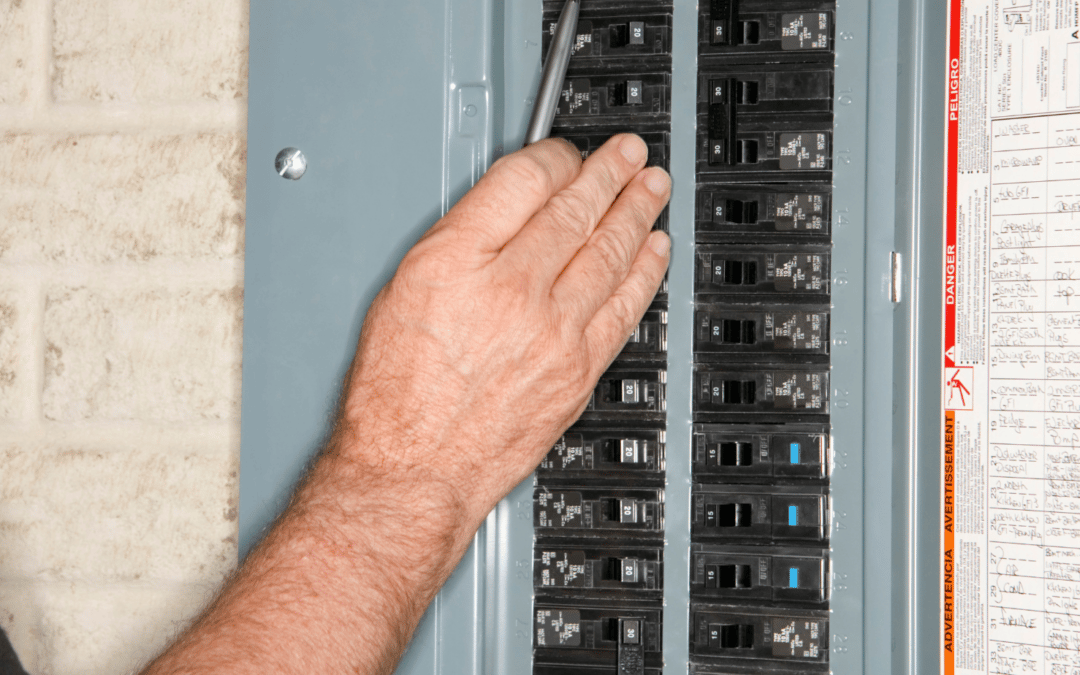Innovative mechanical engineering industry support for your specific challenges.
Innovative mechanical engineering industry support for your specific challenges.
Blog Article
Leading Tips for Effective Electrical System Troubleshooting
Troubleshooting electrical systems requires a systematic approach, grounded in an extensive understanding of electrical principles and security procedures. The subtleties of efficient repairing expand past simple technological expertise; recognizing how to document findings and prioritize safety can dramatically affect results.
Understand the Essentials
Recognizing the basics of electrical systems is important for effective troubleshooting, as a solid foundation permits specialists to identify and fix issues extra effectively. An extensive grasp of electrical principles, such as voltage, existing, resistance, and power, is critical in recognizing the origin of issues. Voltage is the electrical potential distinction that drives present via a circuit, while resistance opposes the circulation of current, impacting the total performance of the system.
Knowledge with circuit elements, consisting of resistors, capacitors, diodes, and changes, is also vital. Each component plays an unique duty in circuit behavior and can impact performance when malfunctioning. Furthermore, recognizing series and identical circuit configurations is essential, as these arrangements affect the distribution of voltage and current within the system.
In addition, knowledge of security methods is vital. Technicians need to be aware of prospective dangers, such as shock and short circuits, to execute secure troubleshooting techniques. By mastering these fundamental principles, technicians enhance their ability to carry out reliable diagnostics and repairs, ultimately causing boosted efficiency and reliability of electric systems. This fundamental expertise is the cornerstone of successful repairing endeavors.
Gather Necessary Equipment
Reliable troubleshooting of electrical systems needs the best set of devices to identify and deal with problems properly. Necessary tools consist of a multimeter, which determines voltage, existing, and resistance, permitting for accurate assessments of electric elements.
In addition, insulated hand tools such as screwdrivers, pliers, and wire pole dancers are important for safely adjusting electric links. It is additionally a good idea to have a circuit tester on hand to validate the presence of voltage in electrical outlets and cords. For more complicated systems, a thermal imaging electronic camera can help discover overheating parts, indicating potential failings.

Follow an Organized Strategy
Having gathered the appropriate devices, the next action in troubleshooting electric systems is to follow a methodical method. A systematic technique makes certain that specialists can determine mistakes successfully and precisely, minimizing downtime and preventing unnecessary fixings.
Begin by examining the system's schematic diagrams and specifications. This entails monitoring each component systematically, starting from the power resource and working towards the lots.
Use testing tools, such as multimeters and oscilloscopes, to collect objective information regarding voltage, existing, and resistance at different factors within the system. This empirical evidence will certainly direct your troubleshooting initiatives and help to verify or remove prospective reasons for failure.
Furthermore, take into consideration ecological factors that might influence the system's efficiency, such as temperature fluctuations or dampness access. A detailed inspection of electrical wiring, connections, and elements will certainly guarantee that all opportunities are made up.
Document Your Findings
Comprehensive documents is vital in the troubleshooting procedure of electric systems. Accurate records enhance the efficiency of recognizing reoccuring issues and assist in interaction amongst team members. Each searching for needs to be diligently kept in mind, including symptoms observed, tests carried out, and the results of those examinations. electrical system troubleshooting. This method not only aids in comprehending the source of the problem but likewise serves as a recommendation for our website future fixing initiatives.

Furthermore, maintaining a log of components changed or repair work performed is invaluable. This details supports inventory monitoring and can assist assess the long life and dependability of particular parts.
Eventually, the documentation procedure ought to be thorough yet succinct, enabling simple retrieval and testimonial - electrical system troubleshooting. By focusing on comprehensive documents, professionals can develop an important data base that not just help in current troubleshooting however also empowers future maintenance initiatives, thus boosting general system integrity

Prioritize Precaution
Recognizing the intrinsic risks connected with electric systems is crucial for guaranteeing safety and security throughout troubleshooting. Electrical shock, burns, and devices damages are simply a few of the potential threats that professionals face. Focusing on precaution is not only a lawful responsibility yet likewise a moral necessary that safeguards both the professional and the surrounding setting.
Prior to starting any type of troubleshooting job, professionals ought to don ideal personal protective devices (PPE), consisting of protected handwear covers, safety and security glasses, and flame-resistant garments. Making certain that the workplace is completely dry and without clutter can significantly lower the threat of mishaps. It is vital to de-energize circuits prior to starting any job, confirming that they are not live through the use of a multimeter or that site voltage tester.
Developing Get the facts clear communication protocols with staff member is likewise crucial; this ensures that everybody understands possible threats and the standing of the electric system being worked on. Having an emergency situation feedback plan in location can confirm invaluable in the event of an incident. By prioritizing safety and security procedures, professionals can effectively reduce dangers and cultivate a more secure office.
Conclusion
Efficient electrical system troubleshooting counts on a detailed understanding of essential principles and a systematic approach. By collecting essential devices, adhering to systematic assessment strategies, and diligently recording searchings for, the troubleshooting process ends up being more reliable and trusted. Prioritizing precaution guarantees the wellness of people included and the honesty of the electric system. Executing these techniques will certainly boost the troubleshooting experience, bring about quicker resolutions and enhanced functional efficiency in electric systems.
Report this page